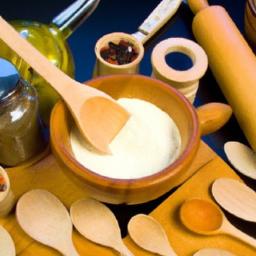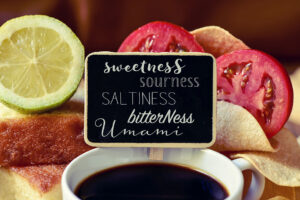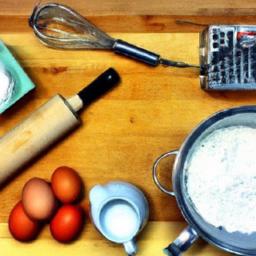Essential Cooking Measurement Conversions for Aspiring Chefs
When you’re just beginning your culinary journey, having a reliable reference for ingredient measurements is invaluable. Accurate proportions dramatically influence the outcome of your dishes, especially in delicate processes like baking. While experienced cooks gradually develop an intuitive sense for seasoning and ingredient balances, precise measurement remains critical for consistent and delicious results.
Why Accurate Measuring Matters
Precision in measurements is the backbone of successful cooking. For instance, baking recipes require exact ingredient quantities due to the chemical reactions involved. Investing in a quality kitchen scale
will ensure your recipe turns out as expected, whether you’re measuring liquids or solids.
Converting Liquid Measurements with Confidence
- 1 cup = 8 fluid ounces = 1/2 pint ≈ 237 milliliters
- 2 cups = 16 fluid ounces = 1 pint ≈ 474 milliliters
- 4 cups = 32 fluid ounces = 1 quart ≈ 946 milliliters
- 2 pints = 32 fluid ounces = 1 quart ≈ 0.96 liters
- 4 quarts = 128 fluid ounces = 1 gallon ≈ 3.78 liters
- 8 quarts = 1 peck
- 4 pecks = 1 bushel
- Dash = less than 1/4 teaspoon
Understanding Dry Ingredient Measures
- 3 teaspoons = 1 tablespoon ≈ 0.5 ounces ≈ 14.3 grams
- 2 tablespoons = 1/8 cup = 1 fluid ounce ≈ 28.3 grams
- 4 tablespoons = 1/4 cup = 2 fluid ounces ≈ 56.7 grams
- 5 1/3 tablespoons = 1/3 cup = 2.6 fluid ounces ≈ 75.6 grams
- 8 tablespoons = 1/2 cup = 4 ounces = 113.4 grams (equivalent to 1 stick of butter)
- 12 tablespoons = 3/4 cup = 6 ounces ≈ 170 grams
- 32 tablespoons = 2 cups = 16 ounces = 1 pound ≈ 453.6 grams
- 64 tablespoons = 4 cups = 32 ounces = 2 pounds ≈ 907 grams
Practical Tips for Using Measurement Equivalents
Many home cooks find kitchen measurement charts useful not only for following recipes but also for adapting and scaling dishes. For example, when doubling a stew or halving a cake batter, understanding how cups convert to milliliters or ounces aids in maintaining balance and flavor.
Moreover, modern cooking apps and smart kitchen devices now often include integrated conversion tools, making it easier than ever to switch between metric and imperial units. Yet, knowing these basics remains fundamental for seasoned chefs and beginners alike.
Final Thoughts on Mastering Cooking Measurements
Whether you are crafting a gourmet meal from scratch or experimenting with new flavors, consistent measurement is your ally in the kitchen. This conversion guide serves as a straightforward compass to navigate the world of culinary units, empowering you to cook with confidence and precision.






